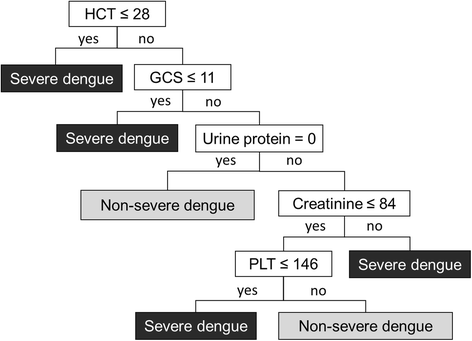Pediatric Glasgow Coma Scale Pdf In Vector
Child’s Glasgow Coma Scale Revised BPNA 2001. The Child’s Glasgow Coma Scale has evolved from adaptations to Jennett and Teasdale’s Glasgow Coma Scale (1), by James and Trauner (2), Eyre and Sharples and by Tatman, Warren and Whitehouse (3), and paediatric nurse colleagues, Kirkham. GCS.PDF Author: Unknown. Read the latest articles of Journal of Pediatric Surgery at ScienceDirect.com, Elsevier's leading platform of. Pages 1-9: Download PDF. Pediatric trauma patients with isolated airway compromise or Glasgow Coma Scale less than 8: does immediate attending surgeon's presence upon arrival make a difference?
'ARDS' redirects here. For other uses, see. Acute respiratory distress syndrome Synonyms Respiratory distress syndrome (RDS), adult respiratory distress syndrome, shock lung of person with severe ARDS demonstrating widespread 'ground-glass' appearing opacities in both lungs Symptoms,, Usual onset Within a week of less than 300 mmHg Prognosis 35 to 50% risk of death Frequency 3 million per year Acute respiratory distress syndrome ( ARDS) is a type of characterized by rapid onset of widespread in the. Symptoms include,,.

Among those who survive, a decreased is relatively common. Causes may include,,,,. The underlying mechanism involves, dysfunction, activation of the, and dysfunction of the body's regulation of. In effect, ARDS impairs the lungs' ability to exchange oxygen and carbon dioxide. Diagnosis is based on a of less than 300 mmHg despite a of more than 5 cm H 2O. The primary treatment involves together with treatments directed at the underlying cause.
Ventilation strategies include using low volumes and low pressures. If oxygenation remains insufficient and may be tried. If this is insufficient may be an option. The syndrome is associated with a death rate between 35 and 50%. ARDS affects about 3 million people a year.
The condition was first described in 1967. Although the terminology of 'adult respiratory distress syndrome' has at times been used to differentiate ARDS from ' in newborns, the international consensus is that 'acute respiratory distress syndrome' is the best term because ARDS can affect people of all ages. Mplab xc8 c compiler keygen software. Contents • • • • • • • • • • • • • • • • • • • • • • • • • • Terminology [ ] ARDS is the severe form of acute lung injury (ALI) and of (TRALI). The Berlin definition included ALI as a mild form of ARDS.
However, the criteria for the diagnosis of ARDS in the Berlin definition excludes many children and a new definition for children was called pediatric acute respiratory distress syndrome (PARDS). This is known as the PALLIC definition. Signs and symptoms [ ] The signs and symptoms of ARDS often begin within two hours of an inciting event, but can occur after 1–3 days. Signs and symptoms may include,, and a due to abnormal ventilation. Causes [ ] Diffuse compromise of the pulmonary system resulting in ARDS generally occurs in the setting of critical illness.
ARDS may be seen in the setting of severe pulmonary () or systemic infection (), following trauma, multiple (), severe burns, severe, near-drowning or other aspiration events, drug reactions, or inhalation injuries. Some cases of ARDS are linked to large volumes of fluid used during post-trauma resuscitation. Diagnosis [ ].
A chest x-ray of which lead to ARDS Diagnostic criteria for ARDS have changed over time as understanding of the has evolved. The international consensus criteria for ARDS were most recently updated in 2012 and are known as the 'Berlin definition'. In addition to generally broadening the diagnostic thresholds, other notable changes from the prior 1994 consensus criteria include discouraging the term 'acute lung injury,' and defining grades of ARDS severity according to degree of.
Of, the histologic correlate of ARDS. ARDS is a form of not explained by heart failure (noncardiogenic pulmonary edema). It is typically provoked by an acute injury to the lungs that results in flooding of the responsible for the exchange of gases such as oxygen and carbon dioxide with in the lungs. Additional common findings in ARDS include partial collapse of the lungs () and low levels of oxygen in the blood (). The clinical syndrome is associated with pathological findings including pneumonia,,, acute fibrinous organizing pneumonia,. Of these, the pathology most commonly associated with ARDS is DAD, which is characterized by a diffuse inflammation of lung tissue. The triggering insult to the tissue usually results in an initial release of and other inflammatory mediators secreted by local and cells.
